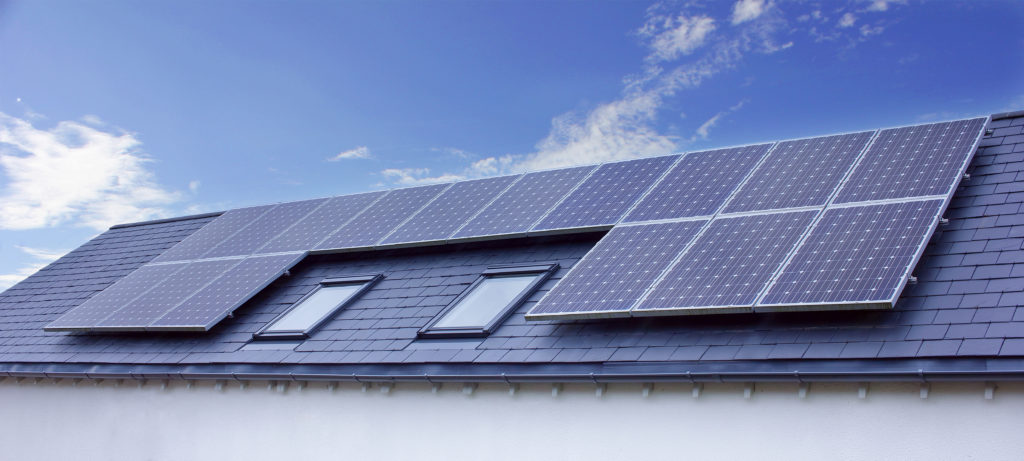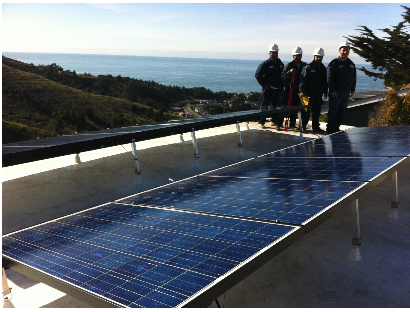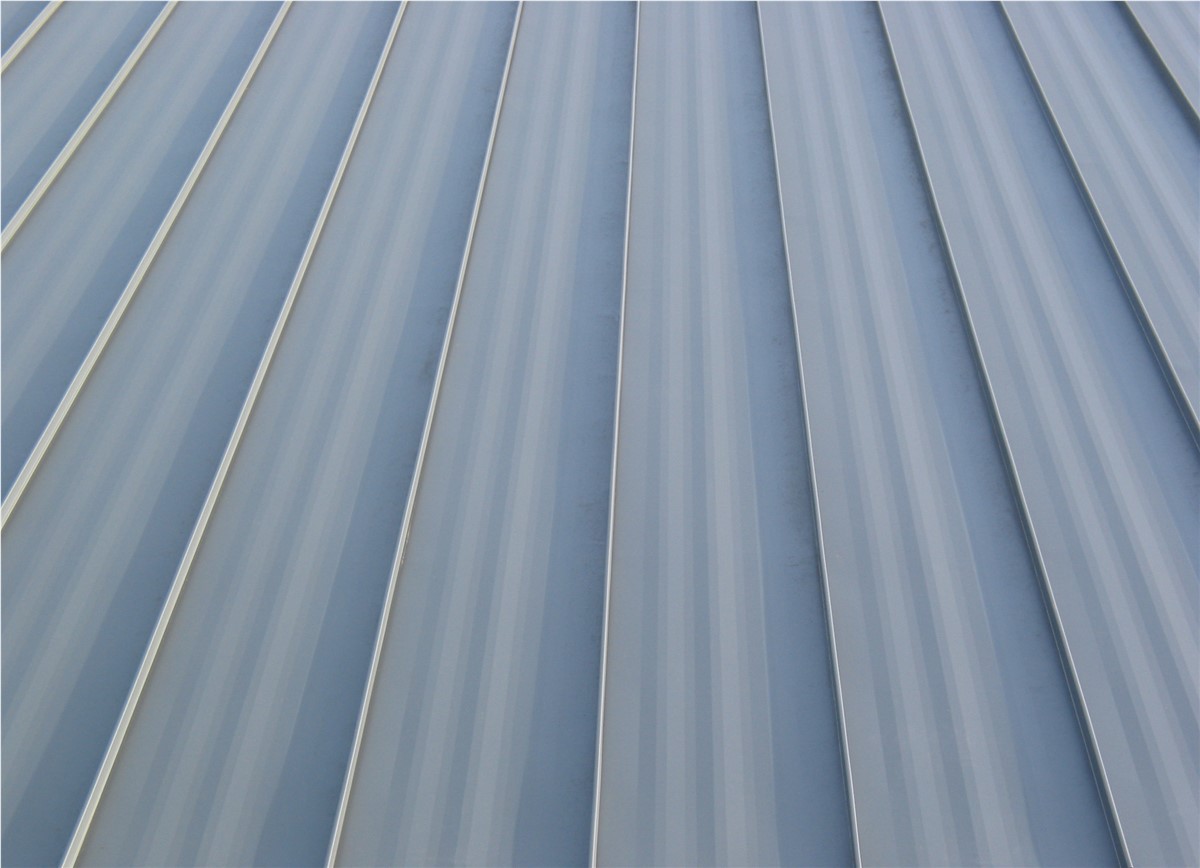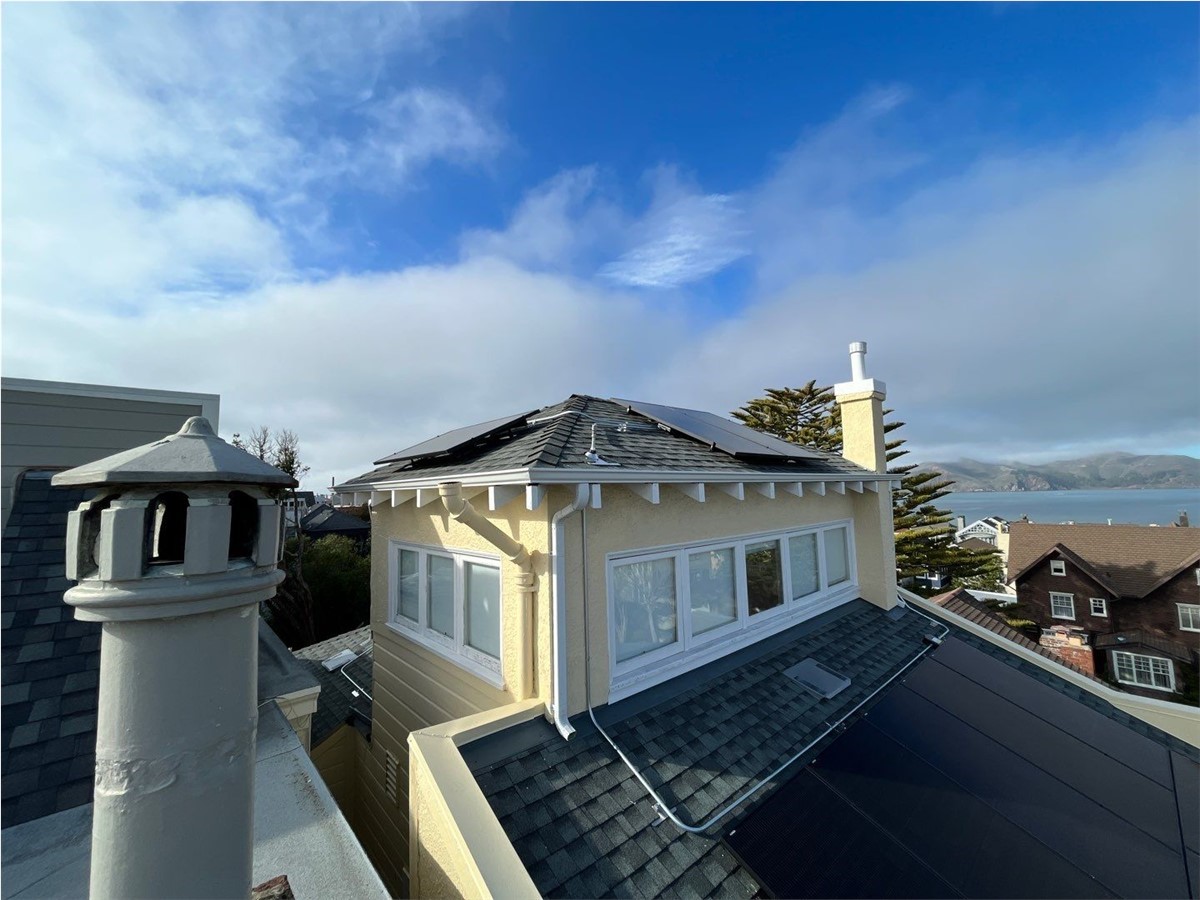 There’s no doubt about it; solar power is the future of San Francisco. Despite anything our government leaders might decide, solar has already reached a point where it is not just the best environmental choice, it’s also the best economical choice. Currently, all the homes and businesses on solar power are still plugged into the grid, which is not only a legal requirement, but also insurance for when you might not have generated enough solar power. As I’ve said before, Trump can’t stop the solar train. Solar is getting better and cheaper. With the economics of scale taking over, the most frequent question I now get is, “How many solar panels do I need?”
There’s no doubt about it; solar power is the future of San Francisco. Despite anything our government leaders might decide, solar has already reached a point where it is not just the best environmental choice, it’s also the best economical choice. Currently, all the homes and businesses on solar power are still plugged into the grid, which is not only a legal requirement, but also insurance for when you might not have generated enough solar power. As I’ve said before, Trump can’t stop the solar train. Solar is getting better and cheaper. With the economics of scale taking over, the most frequent question I now get is, “How many solar panels do I need?” The Solar Math
 Pull out your electric bill, and listed next to “Baseline Usage” will be a number in Kwh (Kilowatt hours). In our area, the average is about 900 Kwh per month, meaning an average home utilizes around 30 Kwh per day. What’s a kilowatt-hour? That’s just the product of how much power you are using for a given time and how much time you are using it. For example, if your kitchen lights total 120 watts in power consumption and you were to leave them on for 24 hours, that would be 2,880 watts for the day, or 2.88 kilowatt-hours (120 watts x 24 hours = 2,880 watts OR 2.88 kilowatt-hours). As stated above, average home power usage for a day totals a little more than ten times that, with lights, air conditioning, refrigerators, and washing machines all making their contributions to the total. You can do the same math to figure out what your requirements will be. If your plan is to replace 100% of the energy coming in from the grid, review your annual usage to identify what your peak usage is. We recommend adding in a 25% cushion to your requirements to account for unexpected usage or poor weather (reducing the efficiency of your solar panels). For our average example of 30 Kwh, that would take us up to about 38 Kwh if we want to play it safe (30 Kwh x 125% = 7.5 Kwh). Now that we know what our energy requirements are, we can figure out what type of solar setup is required.
Pull out your electric bill, and listed next to “Baseline Usage” will be a number in Kwh (Kilowatt hours). In our area, the average is about 900 Kwh per month, meaning an average home utilizes around 30 Kwh per day. What’s a kilowatt-hour? That’s just the product of how much power you are using for a given time and how much time you are using it. For example, if your kitchen lights total 120 watts in power consumption and you were to leave them on for 24 hours, that would be 2,880 watts for the day, or 2.88 kilowatt-hours (120 watts x 24 hours = 2,880 watts OR 2.88 kilowatt-hours). As stated above, average home power usage for a day totals a little more than ten times that, with lights, air conditioning, refrigerators, and washing machines all making their contributions to the total. You can do the same math to figure out what your requirements will be. If your plan is to replace 100% of the energy coming in from the grid, review your annual usage to identify what your peak usage is. We recommend adding in a 25% cushion to your requirements to account for unexpected usage or poor weather (reducing the efficiency of your solar panels). For our average example of 30 Kwh, that would take us up to about 38 Kwh if we want to play it safe (30 Kwh x 125% = 7.5 Kwh). Now that we know what our energy requirements are, we can figure out what type of solar setup is required. The Size of Your Solar System
Having already accounted for inefficiencies or unexpectedly high usage, we can now get an idea of how many solar panels we require to fully power your home. The efficiency of solar can vary from place to place, dependent upon the amount of sunlight you receive. Here in the Bay Area, we have an annual average of about 5.5 hours of peak sunlight per day, which is plenty. To determine how much power we need our solar panels to produce, we’ll divide the amount of total power needed (38 Kwh) by our peak sunlight hours per day (5.5) to get 6.9 Kwh, or a 6,900 watt system. We’ll just round that up to a 7 Kwh system, which is standard fare for the area (38 Kwh/5.5 hours = 6.9 Kwh OR 6,900 Watt). Solar panels vary in quality, but your “standard” models at the moment are capable of generating 250 watts during peak hours. This means our average home in South San Francisco is going to require 28 solar panels to meet that 7,000 watt need (7,000 watt/250 watts = 28 solar panels).How much space do I need for my solar panels?
 Perhaps 28 panels seems like a lot, but each individual panel isn’t very large. Our 7 Kwh example would only require about 355 square feet of space on your roof, so an area about 35 feet long and 10 feet wide.
Perhaps 28 panels seems like a lot, but each individual panel isn’t very large. Our 7 Kwh example would only require about 355 square feet of space on your roof, so an area about 35 feet long and 10 feet wide. Contact Mr. Roofing To Get a Free Estimate Today
Of course, these are estimates and the particulars need to be assessed on a case-by-case basis. The Mr. Roofing experts are happy to provide a free in-person estimate to San Francisco residents to help you determine the ideal solar system for your needs. %Mr. Roofing San Francisco’s residential & commercial roofing expertsTags
Subscribe to Mr. Roofing's Blog









Comments